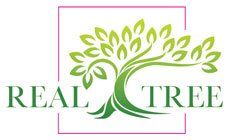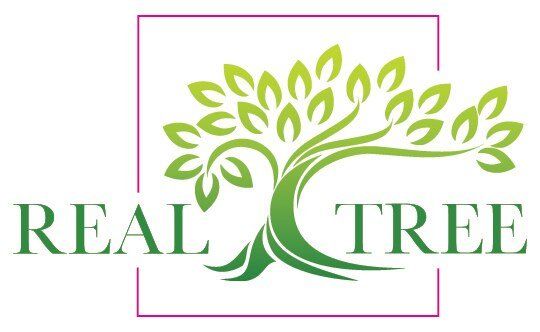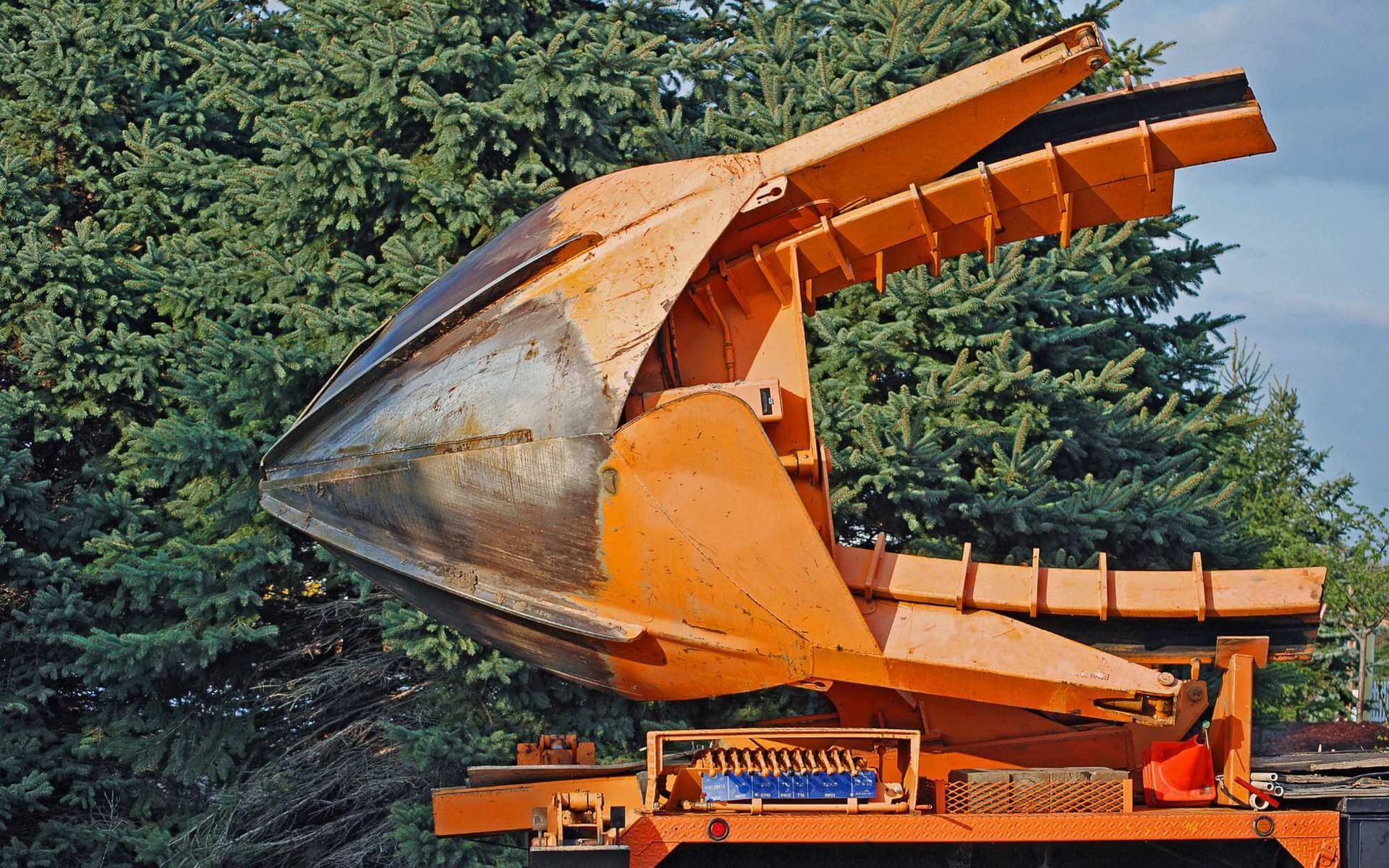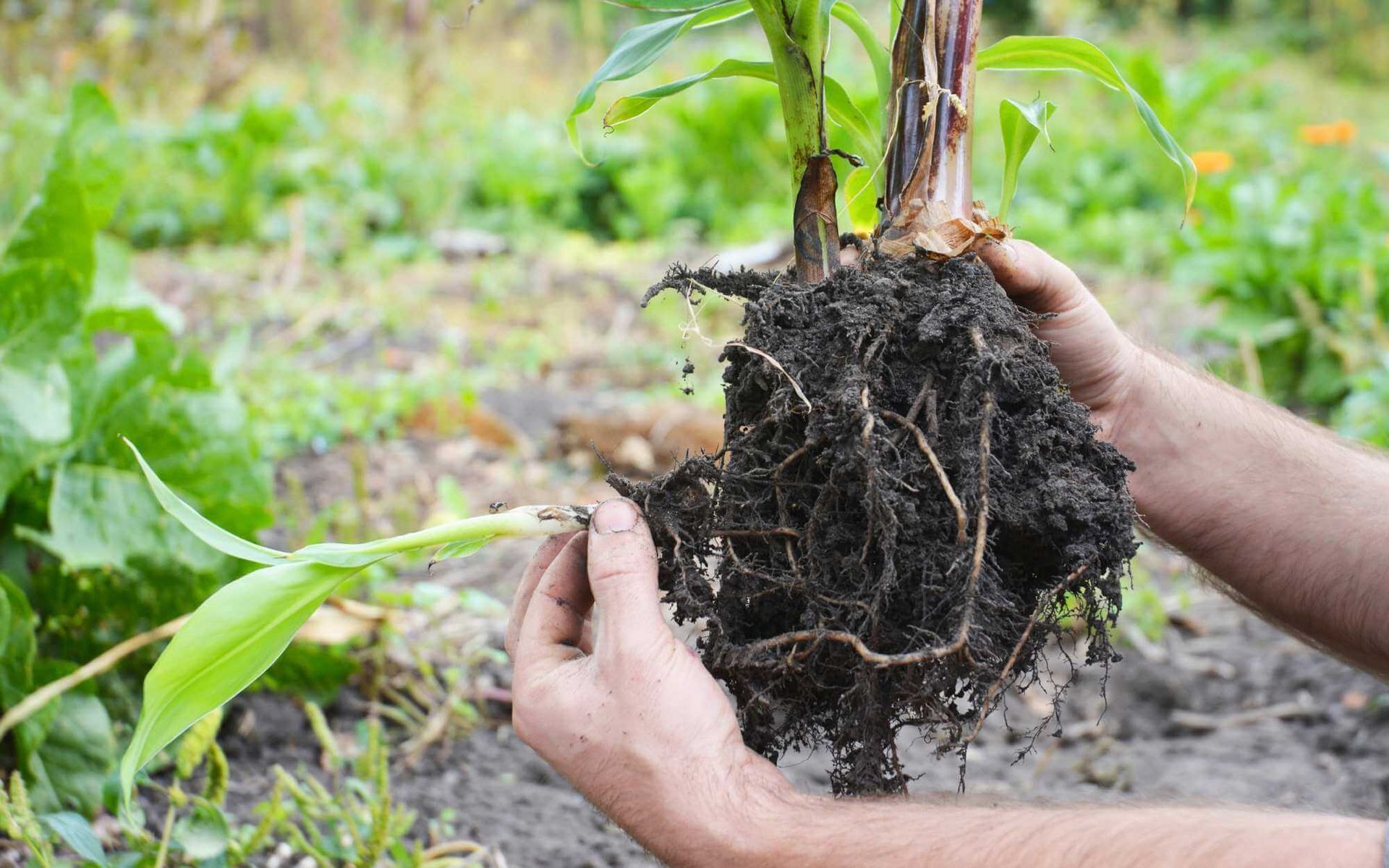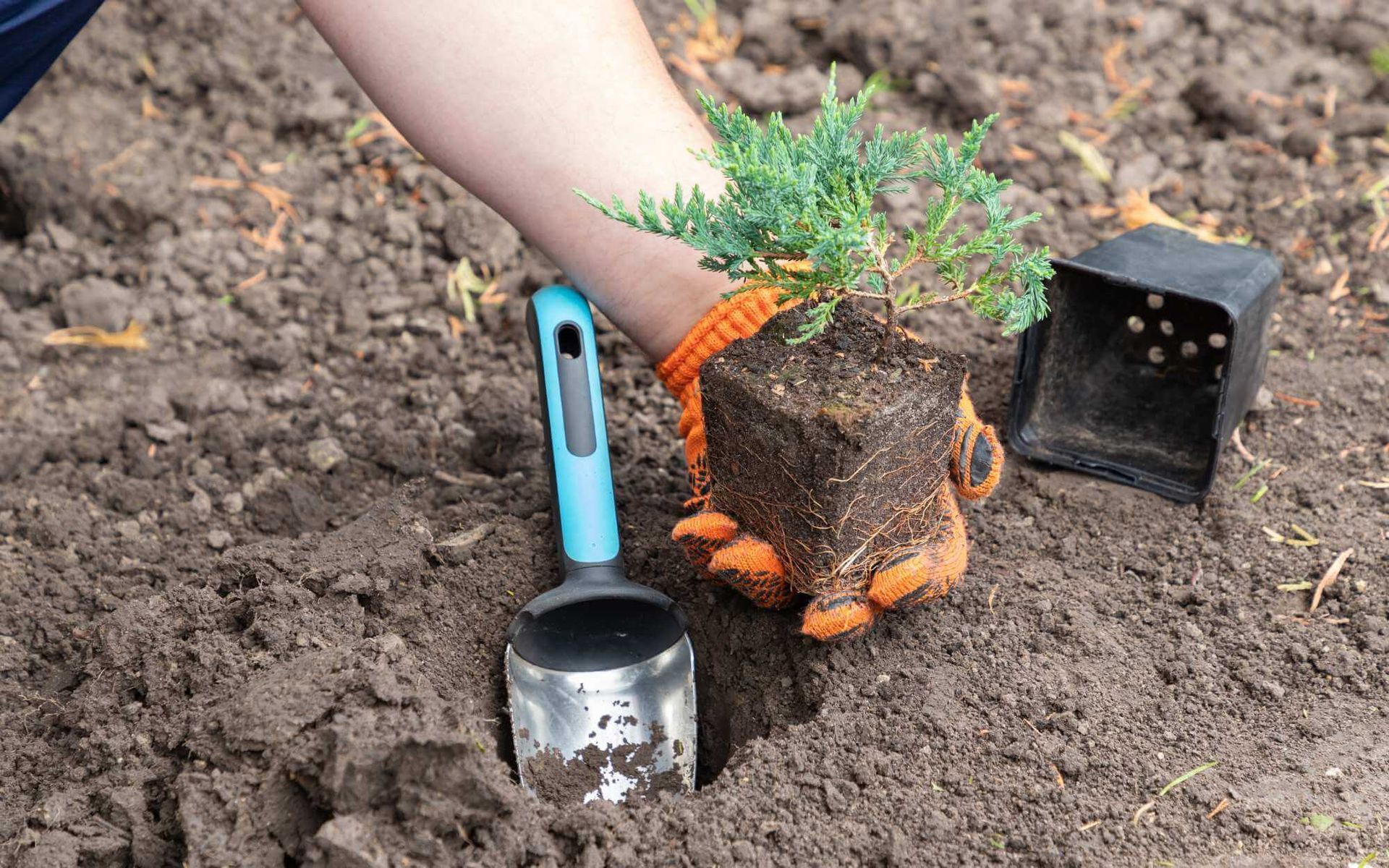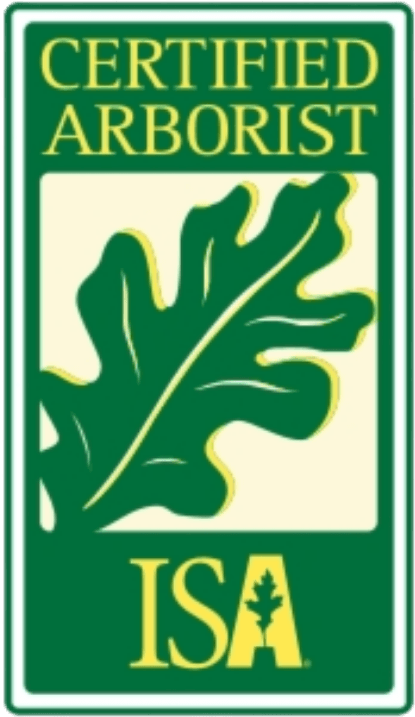DIY Tree Safety: A Checklist for Tree Risk Assessment
PUBLISHED ON
SHARE THIS ARTICLE
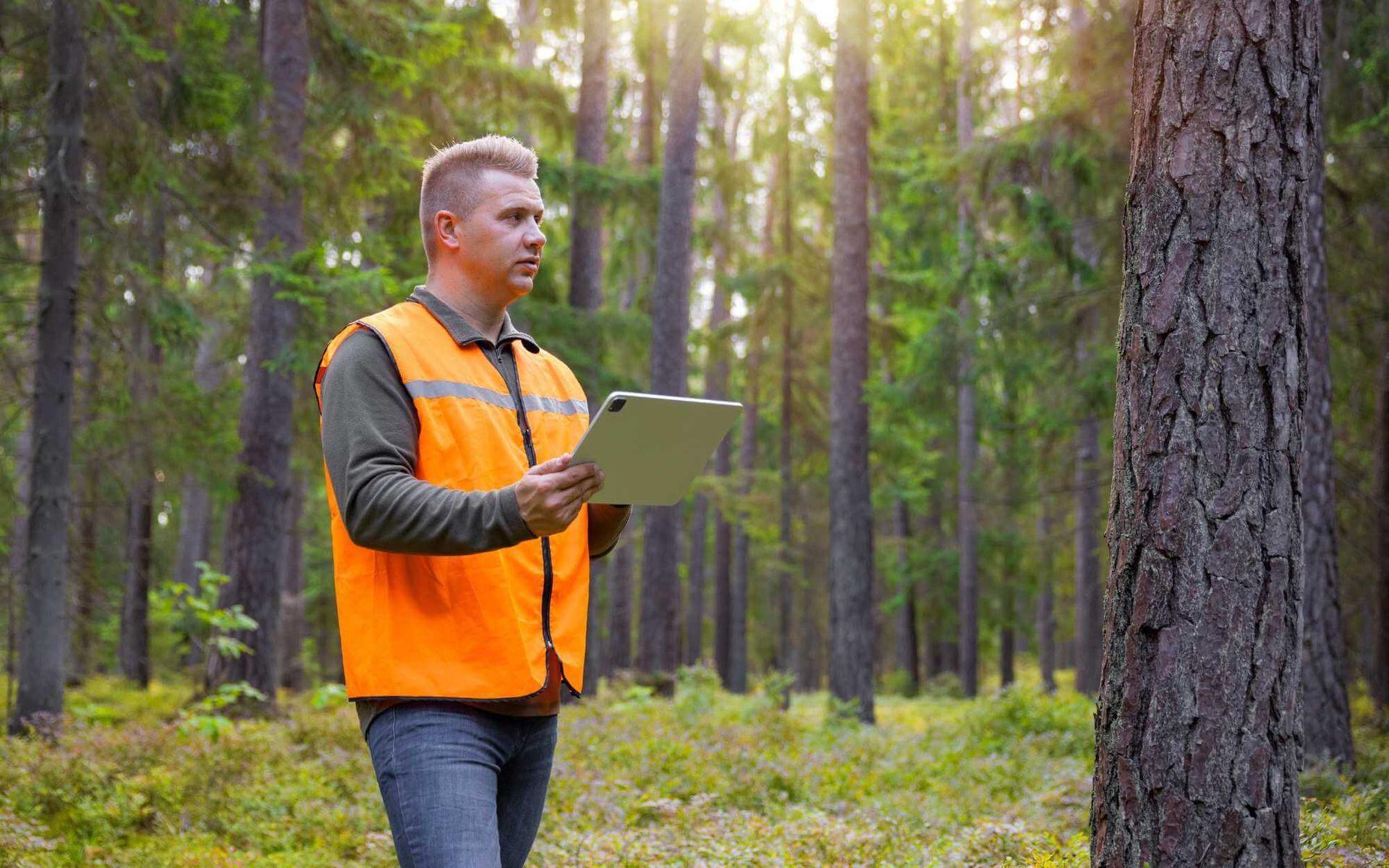
It's true, DIY projects bring an unparalleled sense of satisfaction and independence. But when these projects involve trees, it is essential to consider safety as a paramount factor.
If not properly assessed and handled, trees can also pose risks. Unexpected falls, hazardous branches, and unseen diseases can transform an exciting DIY project into a dangerous endeavor.
This blog provides a comprehensive checklist for
tree risk assessment, aiming to enhance your safety while you engage in your DIY endeavors.
Tree Safety Checklist
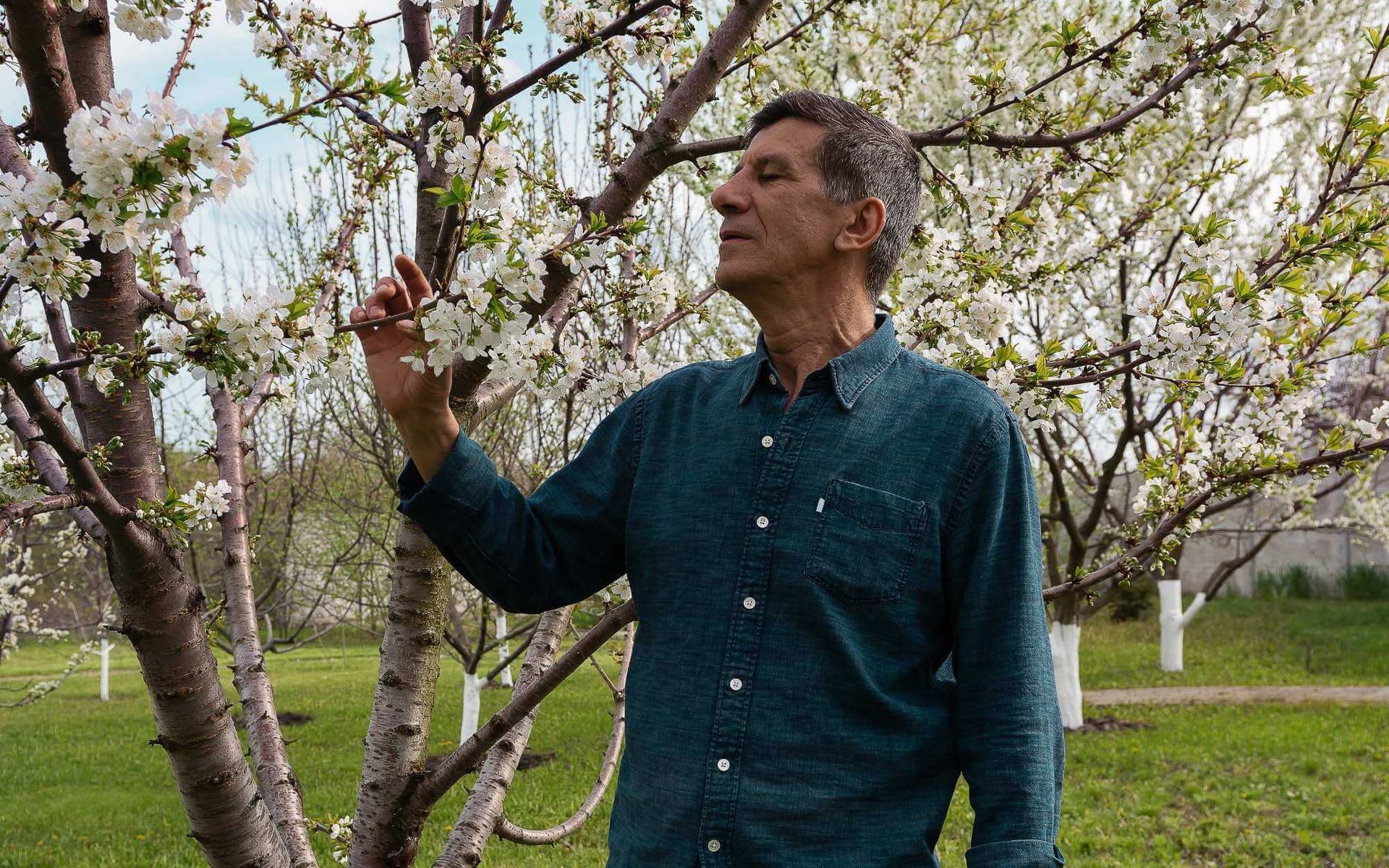
Before starting any DIY project involving trees, it is crucial to follow this checklist for tree risk assessment to ensure your safety and the health of the trees.
Tree Inspection
The first step is divided into three parts, namely:
Visual inspection of tree condition:
- Look for any signs of rot, decay, or fungal growth on the trunk, branches, and leaves.
- Check if there are any visible cracks or splits in the bark.
- Observe if any dead or damaged branches could potentially fall during work.
Identifying signs of decay or disease:
- Look for any discolored or wilted leaves.
- Check if there are any visible holes or woodpecker damage on the trunk.
- Observe if there are any signs of insect infestations.
Assessing structural integrity:
- Check if the tree has a good root system and is firmly rooted in the ground.
- Look for any signs of leaning or tilting, which could indicate structural weakness.
- Observe if any loose or hanging branches could pose a risk.
Surrounding Environment Assessment
The surrounding environment plays a significant role in tree risk assessment. The DIYer must consider the proximity to structures or power lines and potential hazards or obstructions.
Evaluating proximity to structures or power lines:
- Check the distance between the tree and any nearby structures, such as homes, fences, or power lines.
- Ensure enough clearance for branches to fall without causing damage or injury.
Identifying potential hazards or obstructions:
- Look for any objects, such as wires, fences, or other trees that could obstruct your work or pose a risk.
- Observe if the ground is uneven or slippery, which could lead to accidents.
Proper Tools and Equipment
Utilize the right tools and gear to ensure safety and efficiency in tree-related DIY projects.
Using appropriate tools for tree maintenance:
- Use sharp, well-maintained tools designed for tree trimming and maintenance.
- Use a ladder or scaffolding when necessary to avoid overreaching or unstable footing.
Personal Protective Equipment (PPE):
Wearing the right protective gear can prevent serious injuries in case of accidents. Some essential PPE for tree-related DIY projects include:
- Hard hat
- Eye protection
- Earplugs or earmuffs
- Gloves
- Non-slip footwear
Ensuring safety gear is worn during tree work:
- Make sure all PPE is worn correctly and fits well.
- Avoid loose or dangling clothing that could get caught in equipment.
Tree Pruning and Maintenance
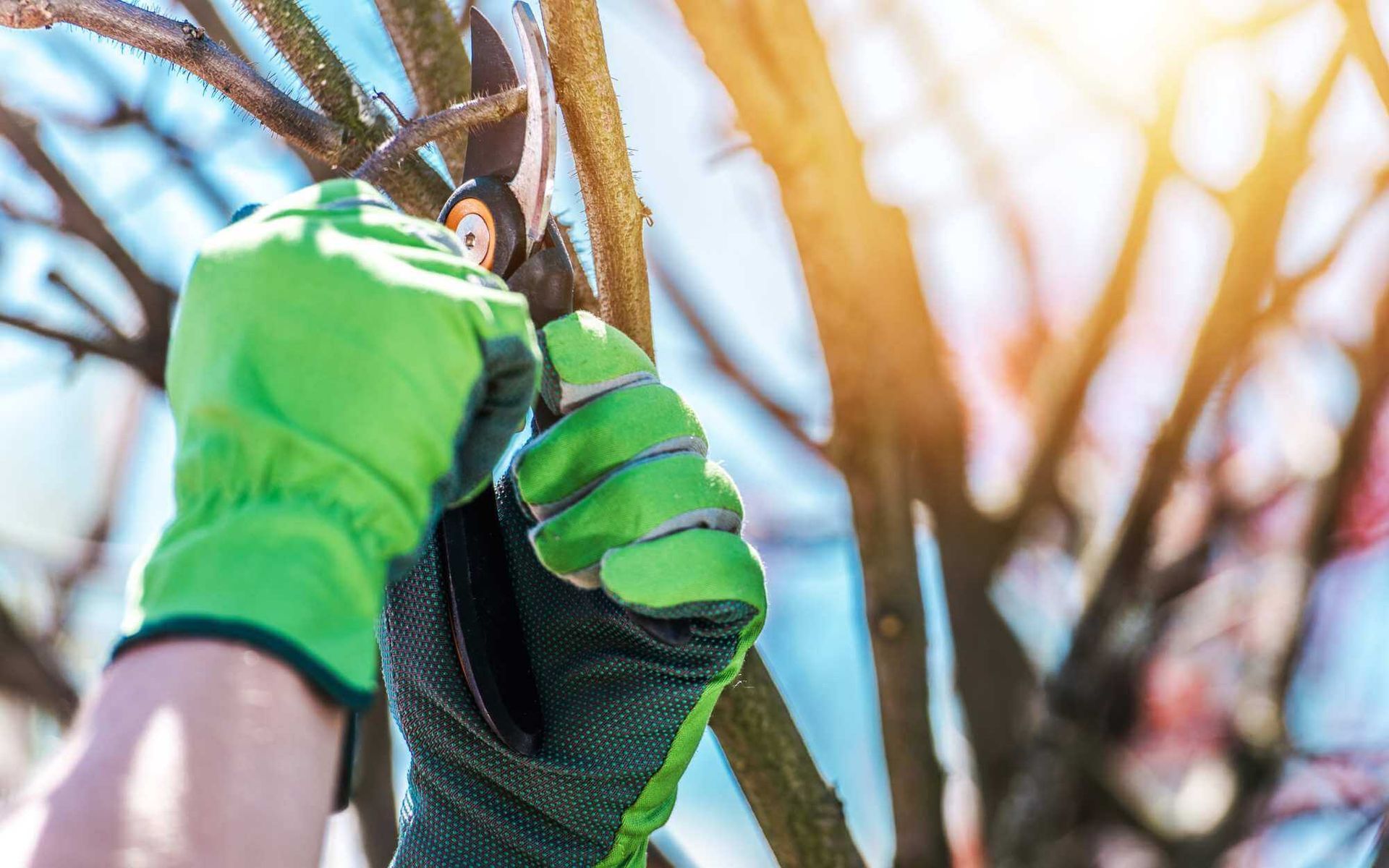
Proper pruning and maintenance are crucial for tree health and safety. Following these guidelines helps ensure you're doing it correctly.
- When pruning, cut at a 45-degree angle just above the branch collar.
- Remove any damaged or diseased branches first, followed by crossing or rubbing branches.
- Avoid over-pruning, as this can weaken the tree and make it more susceptible to disease or damage.
- Clean pruning tools with disinfectant after use to prevent the spread of diseases.
Emergency Preparedness
Despite following safety precautions, emergencies can still happen. Preparing for these situations is crucial in ensuring your safety during DIY tree projects.
Creating an emergency plan for tree-related incidents:
- Have a first aid kit nearby and know how to use it.
- Keep an emergency phone number handy for contacting professional arborists in case of accidents or emergencies.
- Plan an escape route and let everyone involved in the project know about it.
Knowing when to seek professional help:
- In case of significant tree pruning or removal, it is always best to consult a professional arborist.
- If any aspect of the DIY project seems beyond your capabilities, do not hesitate to seek help from an expert. Your safety should always come first.
Now, shade this checklist with confidence!
DIY tree projects can be enjoyable and rewarding when done safely. By following this effective tree risk assessment checklist, you can ensure your safety and the health of your trees. Remember to prioritize safety, and don't hesitate to seek professional help from our
tree care specialists when needed. Happy tree DIY-ing!
Want a free quote or some friendly advice? Call our team today:
